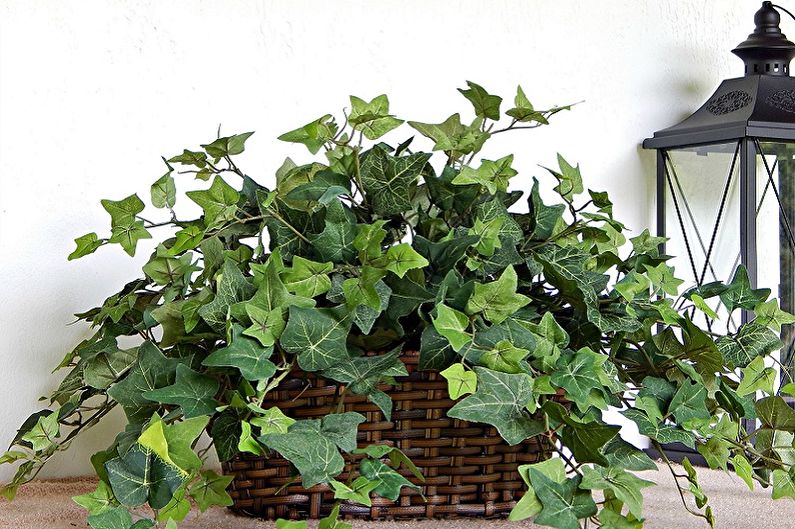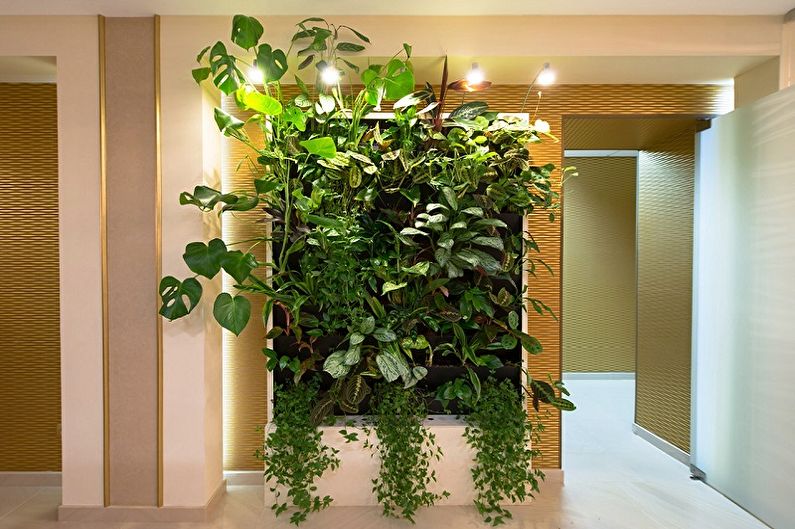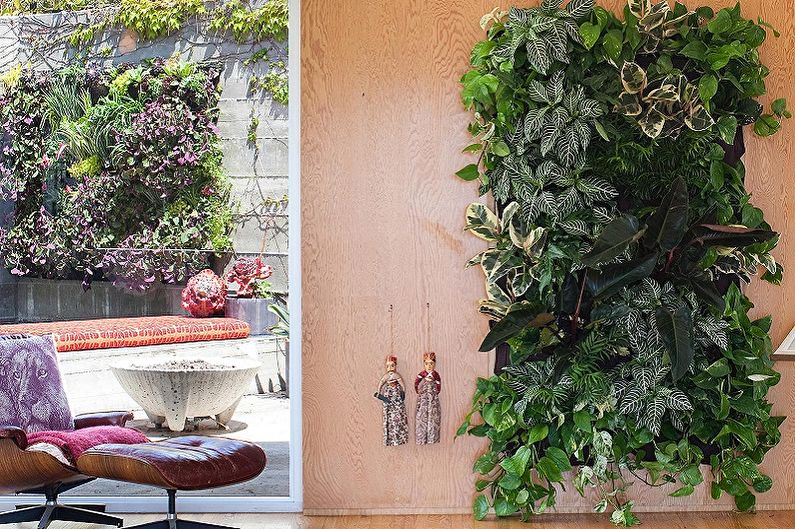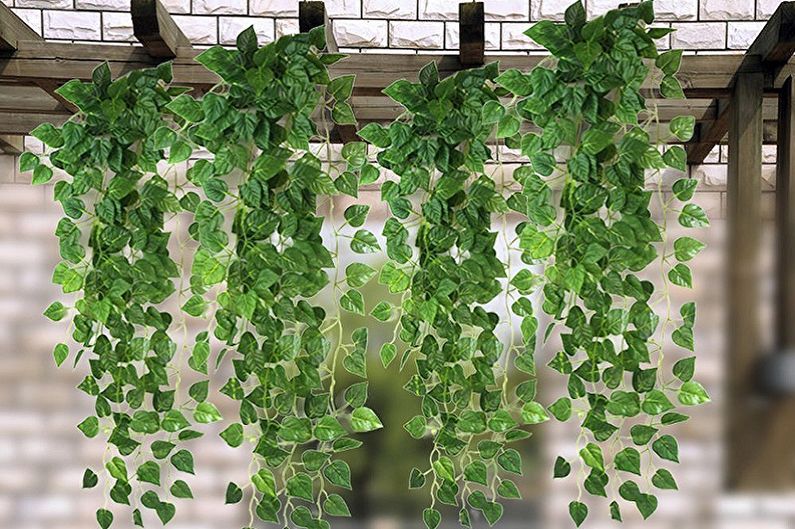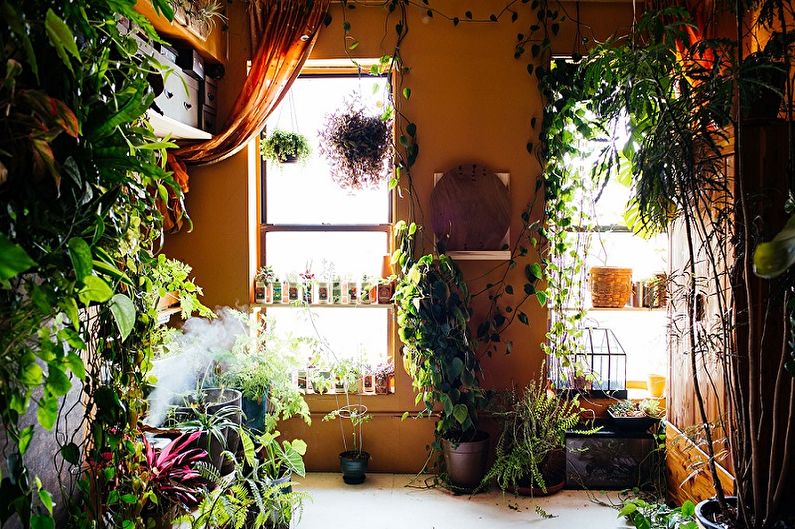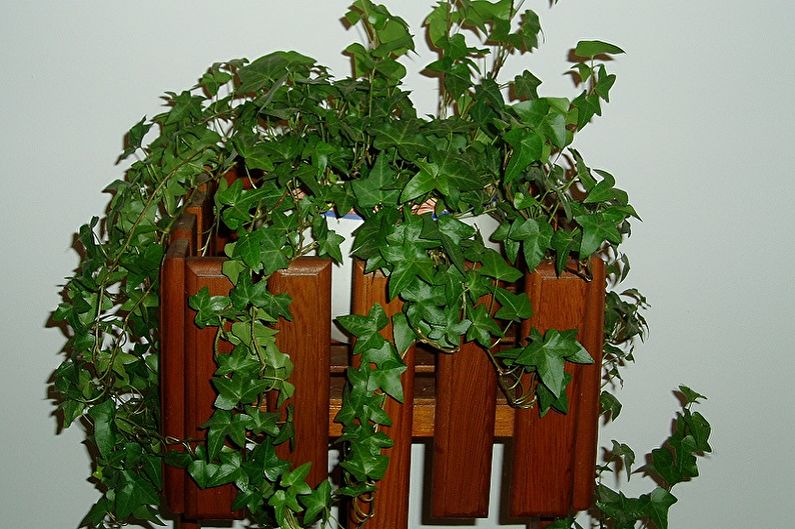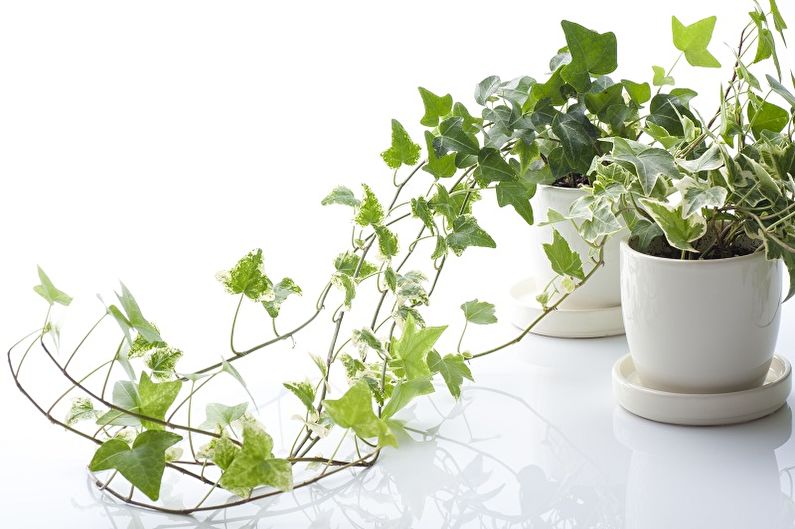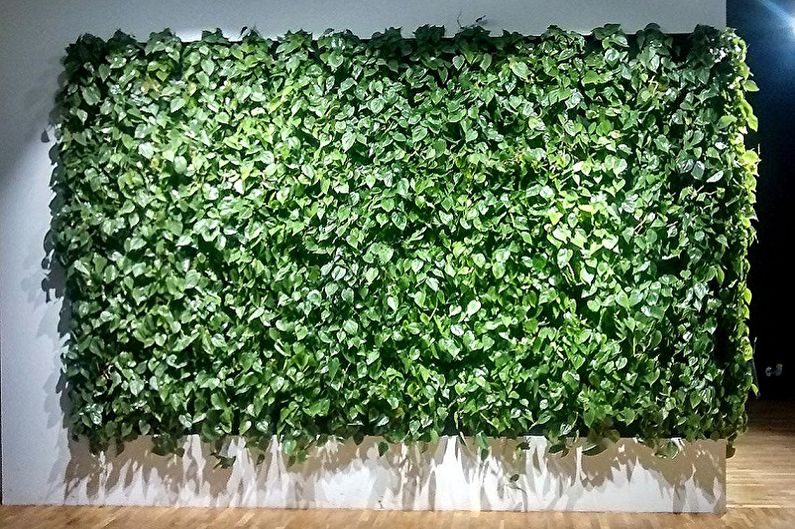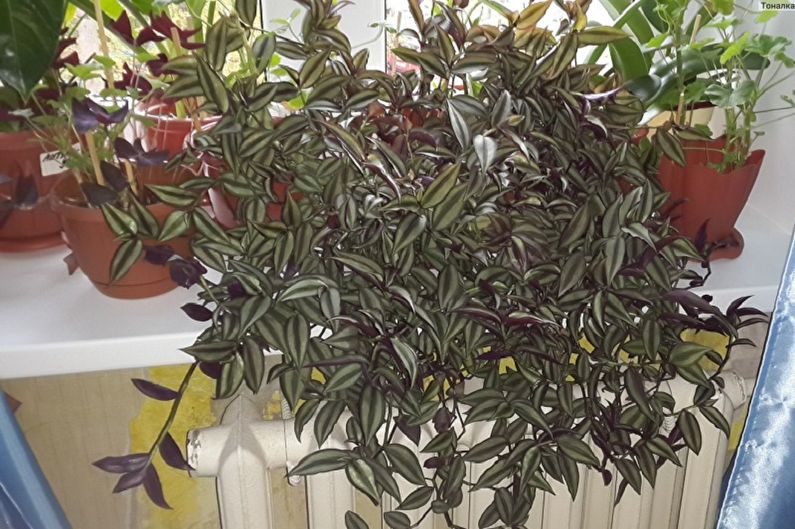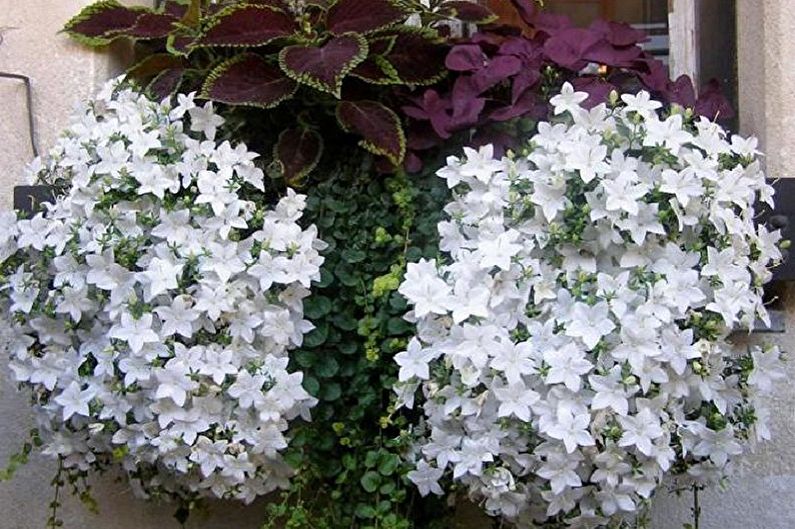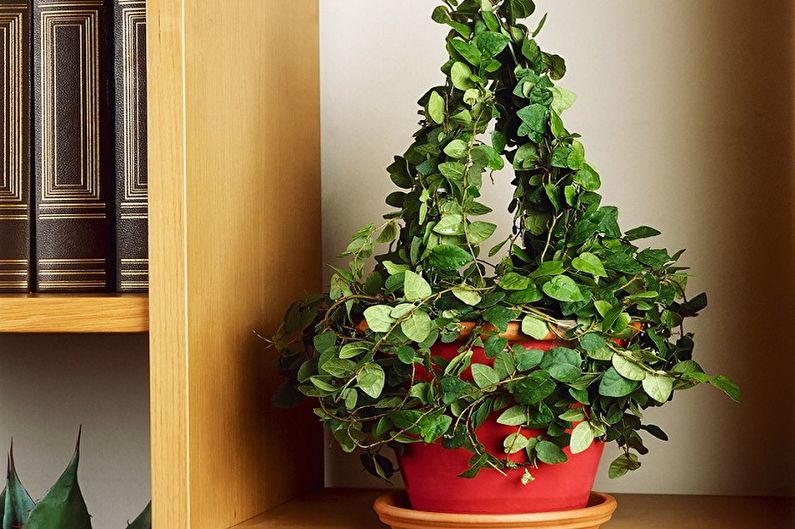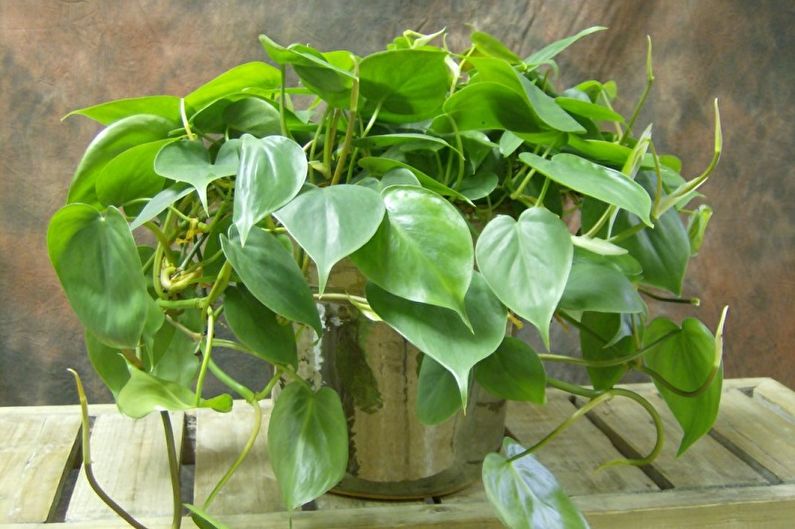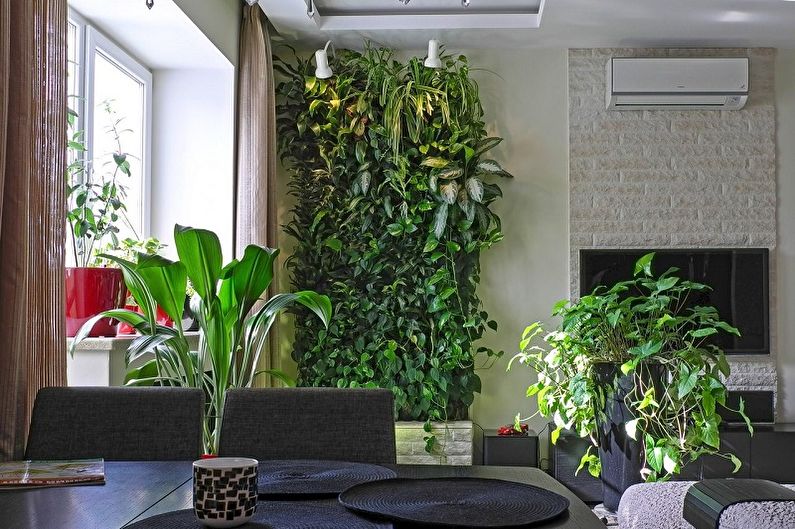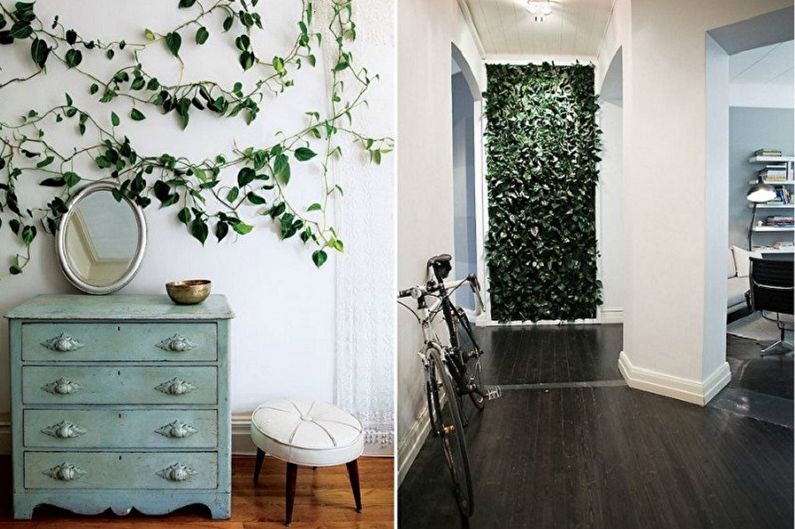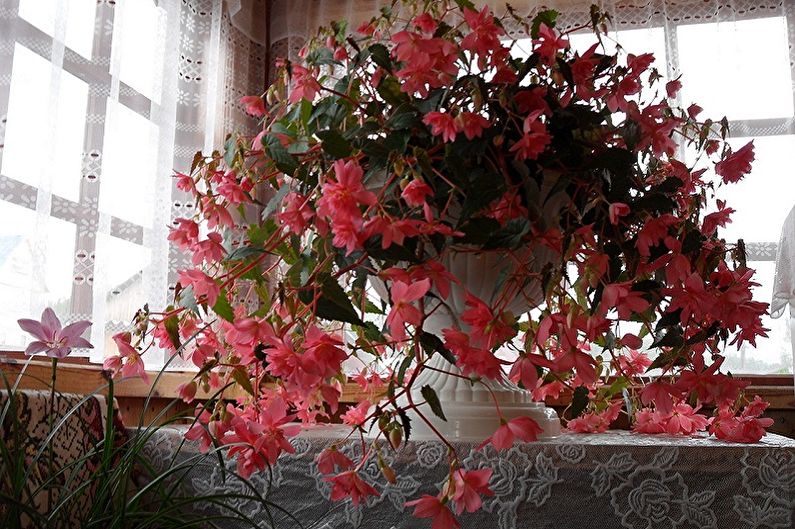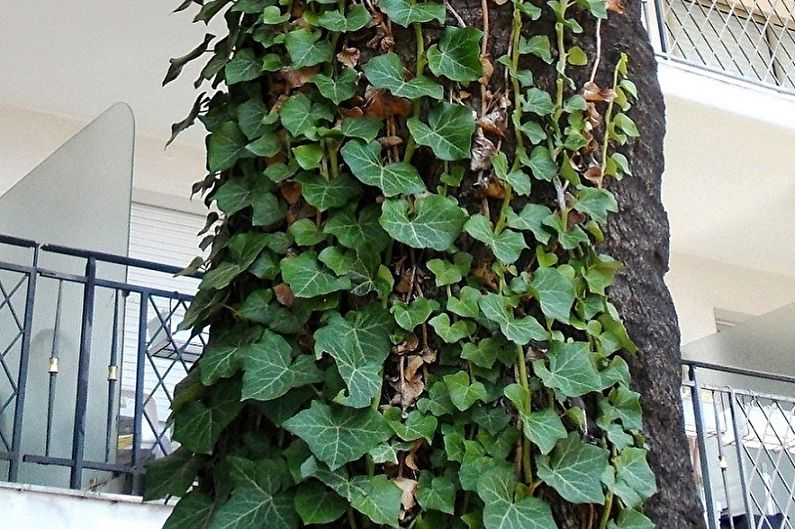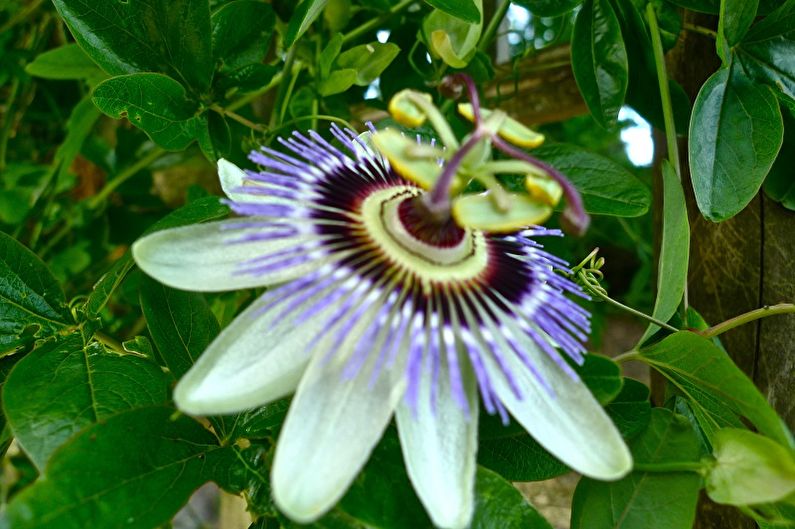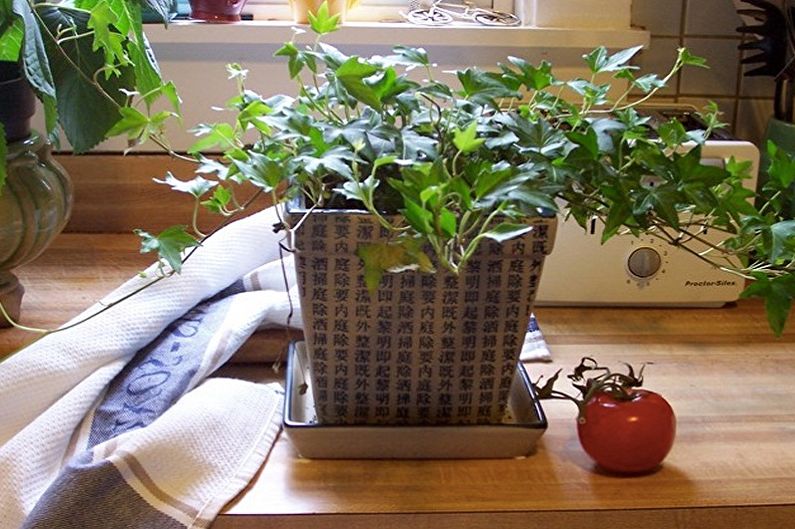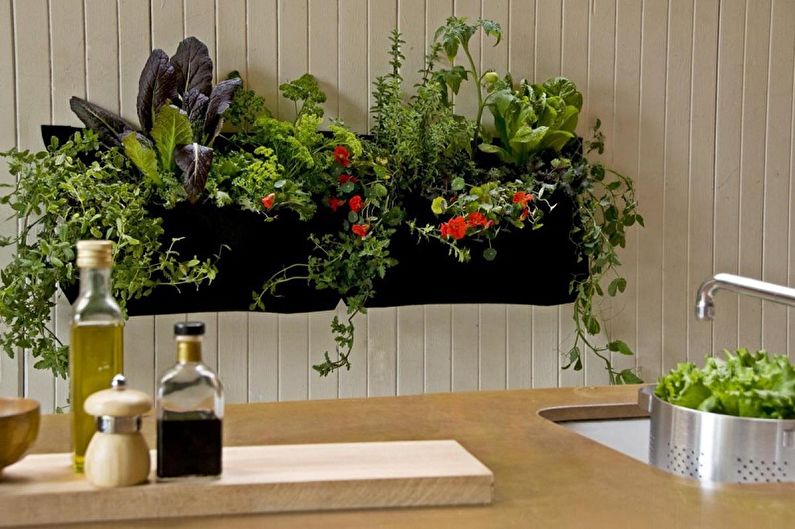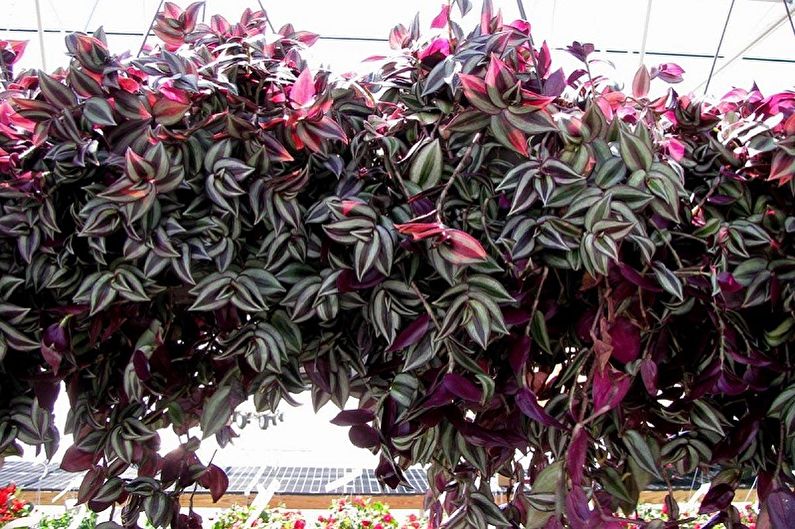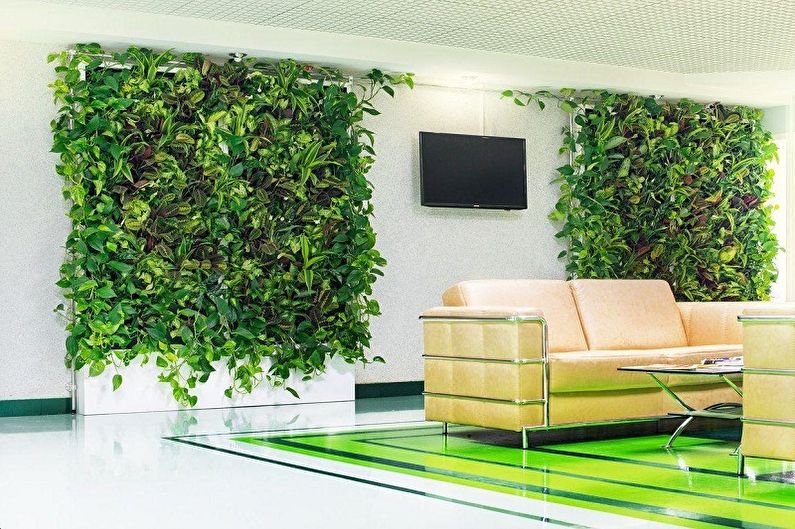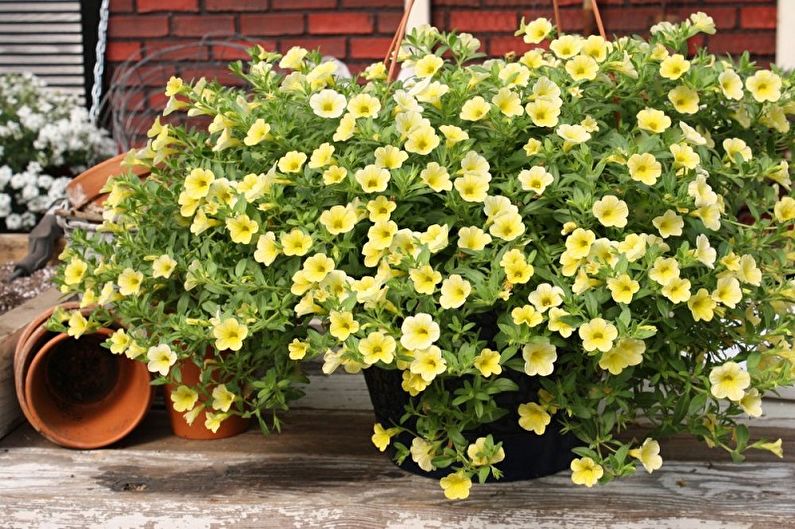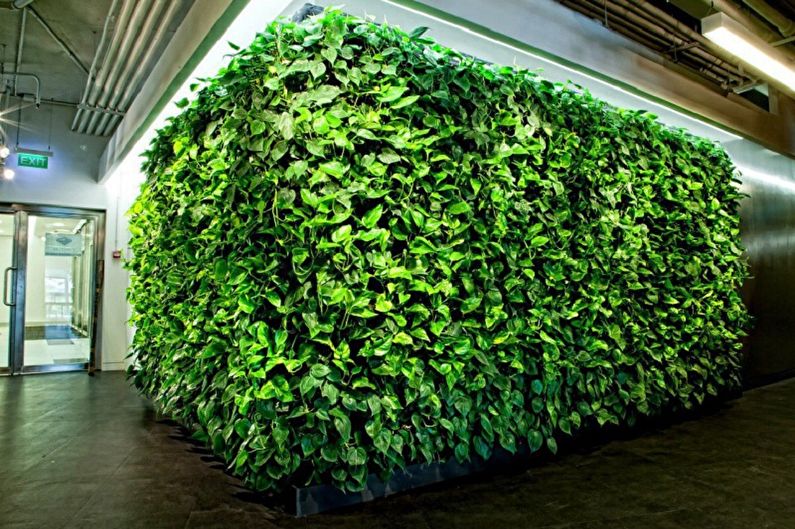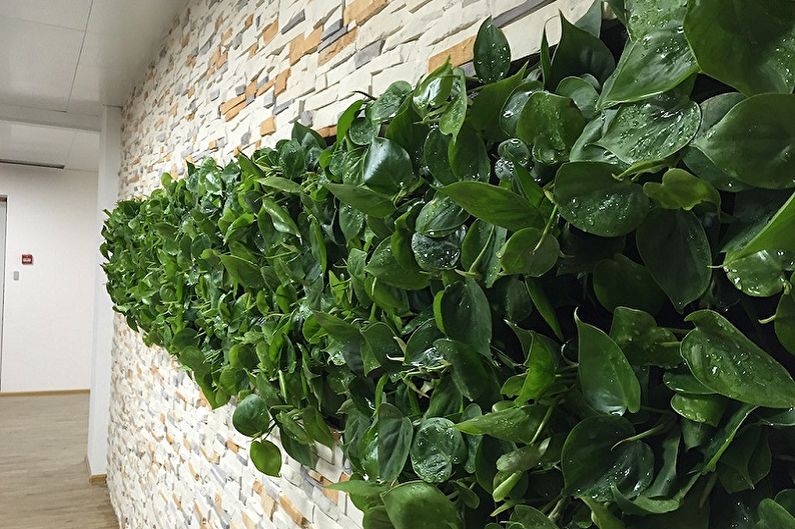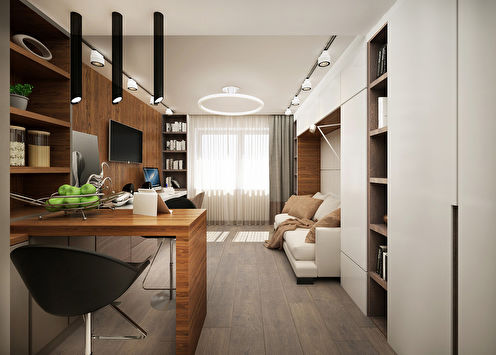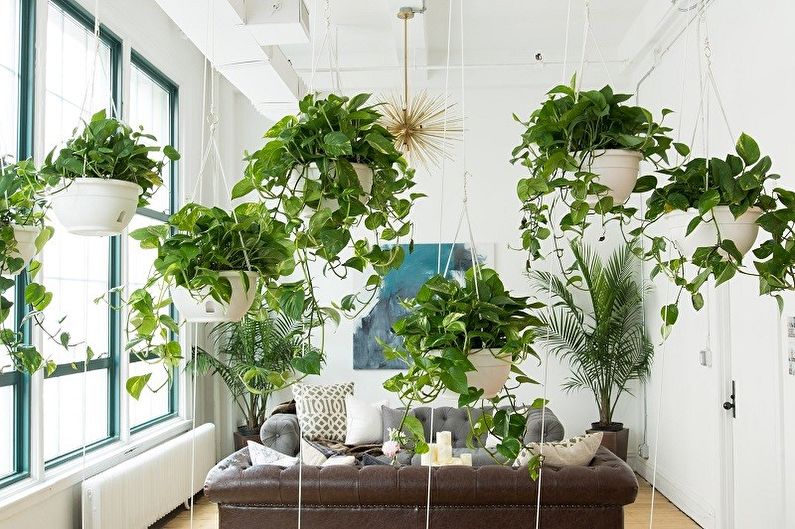
In the arrangement of residential premises, one can increasingly find compositions of living climbing plants, and this is justified both by their decorative properties and the ability to perfectly purify the air, introduce a piece of comfort, and also participate in zoning of space. Phyto-walls and supports with vines are able to designate a recreation area in the living room, to distinguish between dining and kitchen areas, as well as decorate empty walls. The variety of winding vines is great - they are small and gigantic, blooming with bright colors or possessing stunning decorative foliage. About which types of climbing indoor plants are the most popular and how to look after them, we will consider in our article.
Basic types and care
Among the whole variety of curly green indoor residents, there are several main groups with their own characteristics. Representatives of some groups have excellent decorative foliage, others - beautiful flowering. There are also plants that do not differ in special requirements for care, but there are more finicky ones that you have to sweat a little. It is up to the owners to decide which one to choose for landscaping the interior, but we will consider the most popular types of climbing indoor plants of different categories and the rules for caring for them.
Decorative small-leaved
Representatives of this group are distinguished by excellent aesthetic properties of foliage with its bright colors and shape. The palette has many shades, ranging from deep green to slightly purple. At the same time, there are species with variegated “clothes” or plain. Forms of leaflets can be carved, pointed, oval. The most common plants of this group are the following:
Cissus - a relative of the vine, which has bright green leaves with silver blotches. Sometimes the sheet plate on the wrong side is painted pink. This tenacious plant is able to firmly cling to its long shoots and braid support. Caring for cissus is not complicated - it is enough for him to provide a long supply of bright but scattered light and periodic spraying in hot weather.
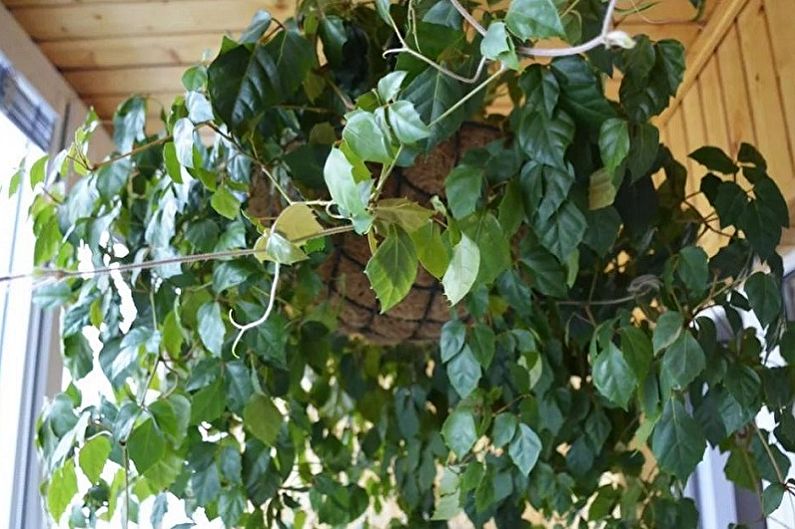
Scindapsus - A unique instance that can grow in any home environment, both at the window itself and in the interior. His original heart-shaped leaves are painted in a deep green tone, diluted with light spots. The plant grows quite quickly, but in order for the shoots to be more magnificent, the flower must be pinched periodically. Also, do not forget about fertilizers and the creation of cool conditions in the winter.
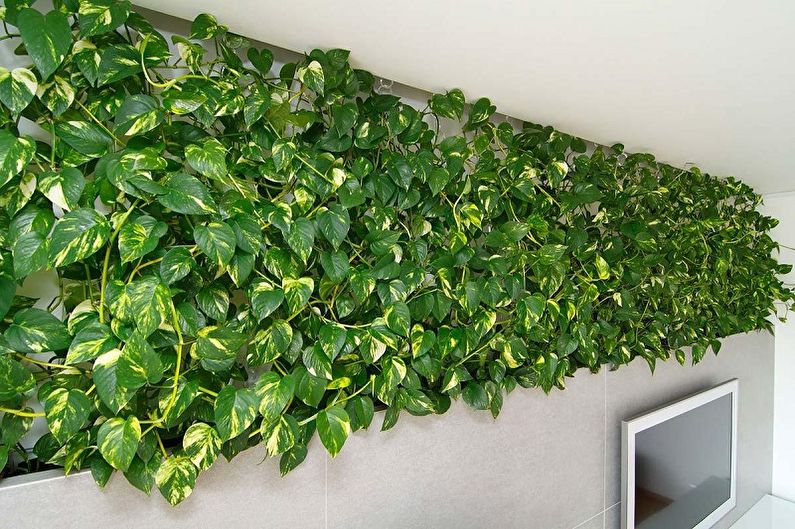
Ivy - an excellent landscaper of windows and various supports with decorative foliage of an unusual form of motley or plain color. The result of painstaking work of breeders are subspecies with beautiful shiny leaves of spiky or star-shaped forms. Ivy is completely unpretentious - it needs high-quality watering during growth, as well as regular top dressing in the spring-summer season (1 time in two weeks).
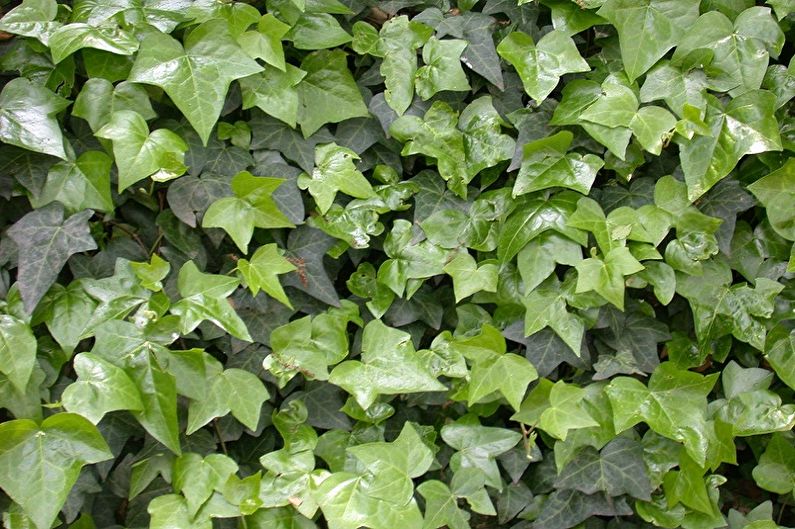
Decorative large-leaved
This group includes plants with large leafy plates, which gives a special effect. For interior phyto-design, cultures such as:
Monstera - It has amazing shiny plates of dark green foliage with pronounced incisions reaching the central vein. The ability of a liana to develop up to three meters in length is due to the presence of air roots, due to which it rises along the support.It is worth noting that a pipe wrapped with moss will be the best basis for wrapping creepers. Monstera prefers to be in constantly lit areas, but is afraid of sunburn.
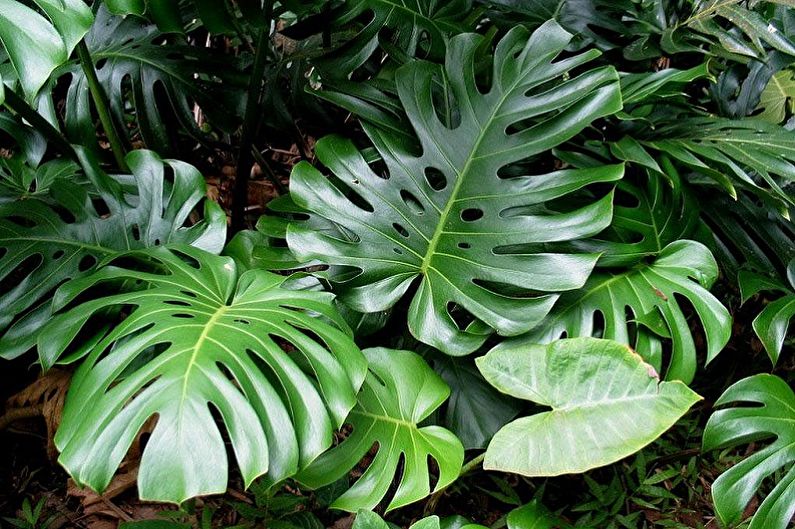
Syngonium - has a large variety variety, can boast of its green, white or variegated foliage. The maximum height of the plant is 1.5 m. The leaves of the young specimen are lancet, but eventually become broad-lobed. When caring for a plant, it is necessary to provide it with regular watering and place it on a lighted area. Spraying does not hurt to avoid drying out of the leaves.

Climbing Philodendron - a magnificent lianny landscaper of a room whose sheet plates can have more than ten centimeter length. The plant has sophisticated stems on which the leaves are planted alternately. To give splendor, it is necessary to pinch the tops and fix the branches to the supporting structure. The rest of the care comes down to regular watering (so that the soil always remains moist) and providing lighting for his place of residence.
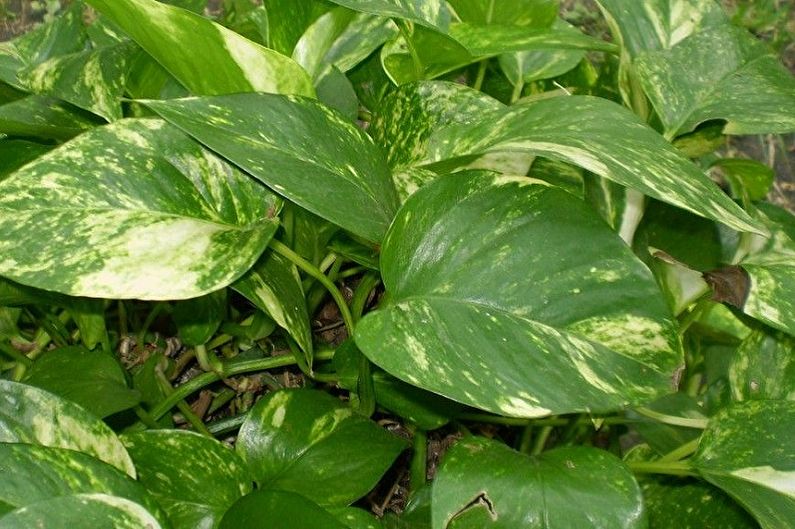
Climbing plants that bloom
The ability of loaches to hit not only with spectacular foliage, but also with the colors of buds makes them especially in demand for phyto-design. Plants are widely used to decorate window sills, various shelves and whatnots. The best in the interior are such types as:
Stefanotis - a rather large species of vines, an adult specimen reaches 5 m. The second name of the plant is Madagascar Jasmine. It blooms with crown flowers collected in bunches of inflorescences. Their color is very diverse: from white-cream to light purple. Stefanotis grows rapidly and branches abundantly, so he needs to allocate a spacious place with good lighting. In winter, additional illumination will be needed, since the plant needs a long daylight hours.
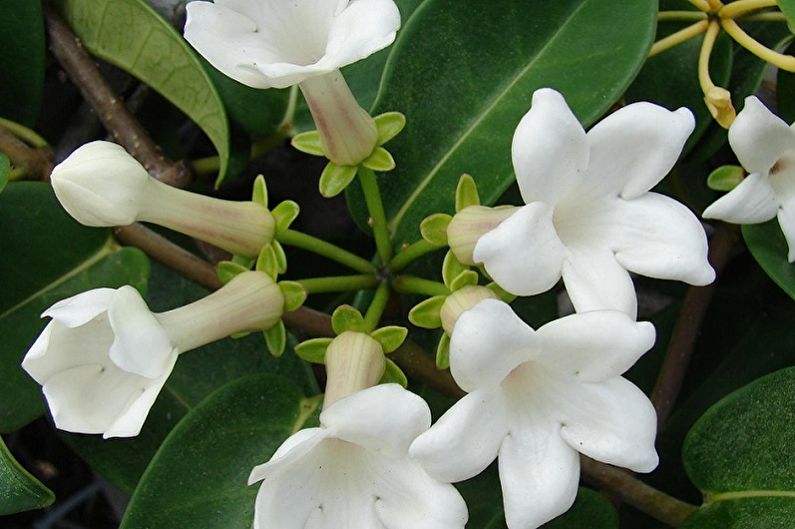
Diplomacy - an evergreen tropical beauty that attracts with its rich green cover and beautiful flowers of a diverse palette. Opened buds over 10 cm in diameter live for about two weeks, exuding a mild aroma. Culture develops better in open spaces - on warm summer days it is better to take it to fresh air.
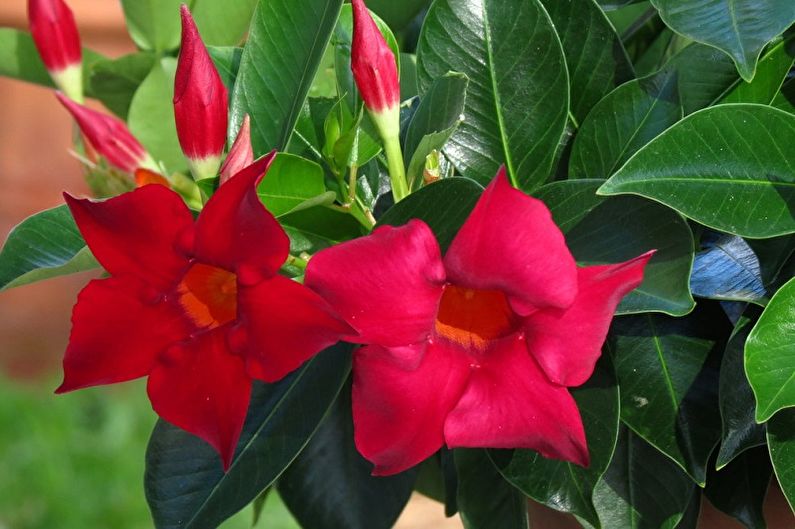
Hoya - a fairly large-sized culture, with a second name "wax ivy." Special features include original leaves and star-shaped flowers. Hoya can grow to three meters in length and bloom for several months. To maintain the elasticity and brightness of the foliage, it is necessary to place it closer to the eastern or western sides, water it regularly while the young plant is growing. When the buds open, it is not recommended to move the pot - this can stop the flowering process. Phosphorus-containing compounds are used as top dressing.

Morning glory tricolor - This species can be grown not only as a perennial home, but also as an annual garden resident. It is distinguished by a lush green crown with numerous leaves, but the main advantage is the beautiful flowers of a blue palette. When leaving, do not allow the soil to dry out and direct sunlight.
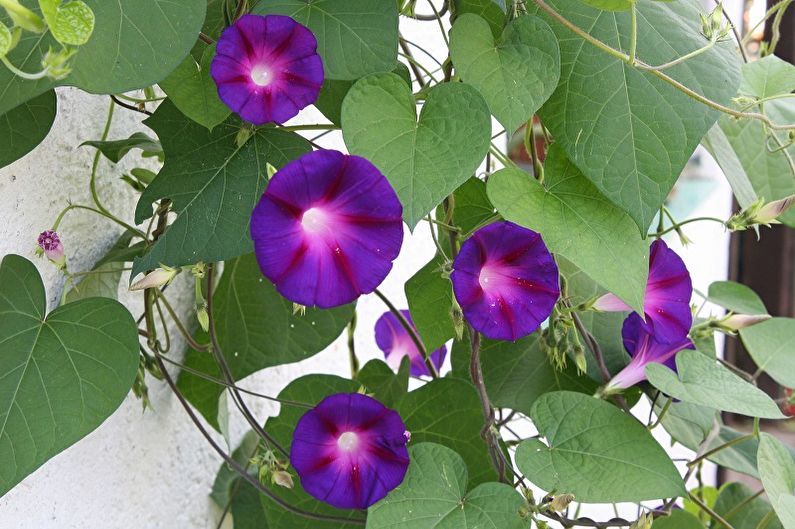
Tradescantia - It is considered to be the most common decoration of interiors, as it can be found in almost every home. It stands out sharply with its slightly pubescent foliage with a silver tint. During flowering, the plant is decorated with small snow-white buds, which, unfortunately, are short-lived. Tradescantia loves abundant watering, but does not tolerate waterlogging of the soil, grows in lighted areas.
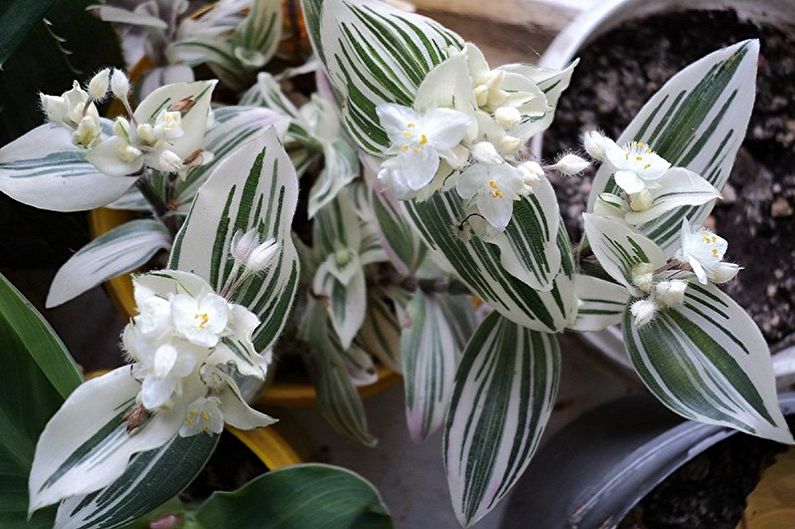
Particularly demanding room creepers
Among the whole variety of weaving flora representatives, there are gorgeous specimens, but rather capricious. To enjoy the excellent lush greenery and bright colors of flowering, their owners need to make a lot of effort, creating a comfortable environment.The most demanding include the following types:
Ampel begonia - rightfully recognized as the most attractive climbing plant, with delicate dense foliage, a variety of buds. The flowering period is quite long - from spring to mid-autumn. Culture requires bright sunlight in the morning and after 15 hours. In the midday heat it must be darkened so that the leaves do not receive sunburn. Ampel begonia prefers high humidity, but waterlogging is not permissible. She perceives spraying well, and before flowering, you can give her a warm shower. At the beginning of growth, the plant must be fed with fertilizers with a high content of phosphorus and potassium. Also, one or two times a year, you can make organic fertilizing;
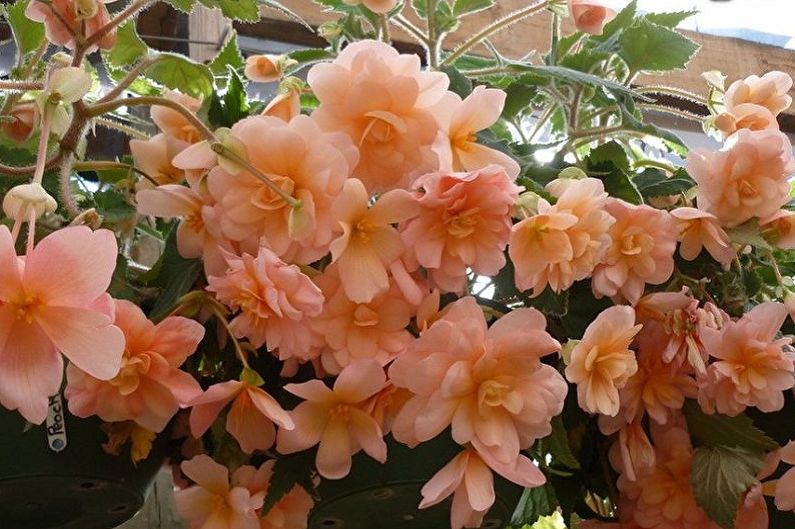
Passionflower - the evergreen ampelous plant has flowers, original in the structure, thanks to what has received the second name "a cavalier star". The flowering period begins in July and lasts until October, accompanied by a pleasant aroma. At home, it is best to place the plant on the southern window sills to provide good lighting. The culture does not tolerate stuffiness, so in the summer days it must be rearranged in the open fresh air (balcony, terrace). It is worth noting that the passiflora does not perceive heat, it is contraindicated in air temperatures above + 30C in summer, and in winter - above + 15C. Daily spraying and showering every week help to cope with the arid environment. The plant is pruned annually to stimulate intensive growth and branching.

In addition to the above, the category of particularly demanding flowering indoor vines can be attributed Bougainvillea, clerodendron etc. All of them are united by excellent aesthetic indicators, which can be achieved by proper care. These plants like moderate temperatures, humid air, diffused light and can not tolerate drought and aggressive sunlight.
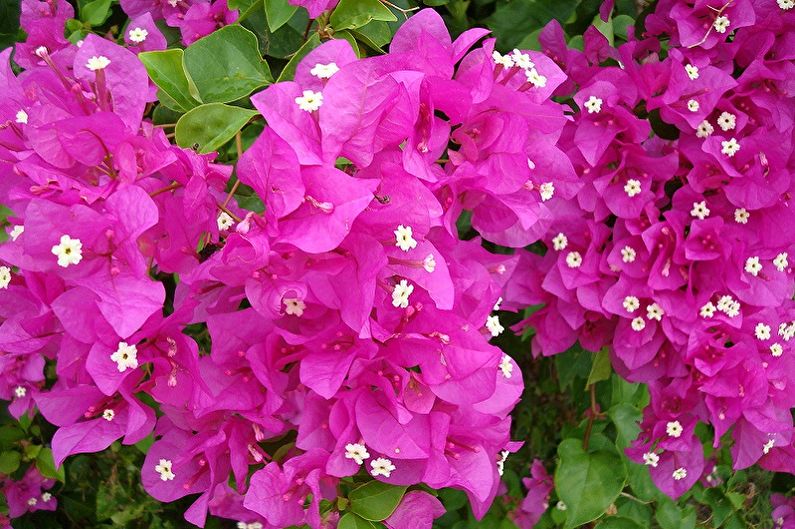

The formation of domestic climbing plants
One of the important points of keeping indoor vines is their proper formation and location. Although most plants are able to independently braid nearby supports, interference with this process will not hurt a person. Wanting to get a long central branch, it is necessary to braid it around a round column as it grows and fix it. It is possible to fluff the liana so that it becomes much more dimensionalized, by pinching the branches in the apical shoot area - then new lateral processes will form.
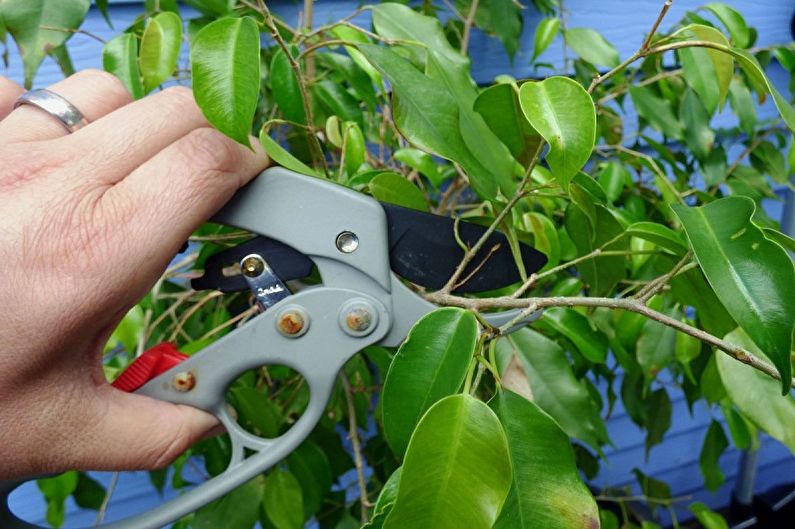
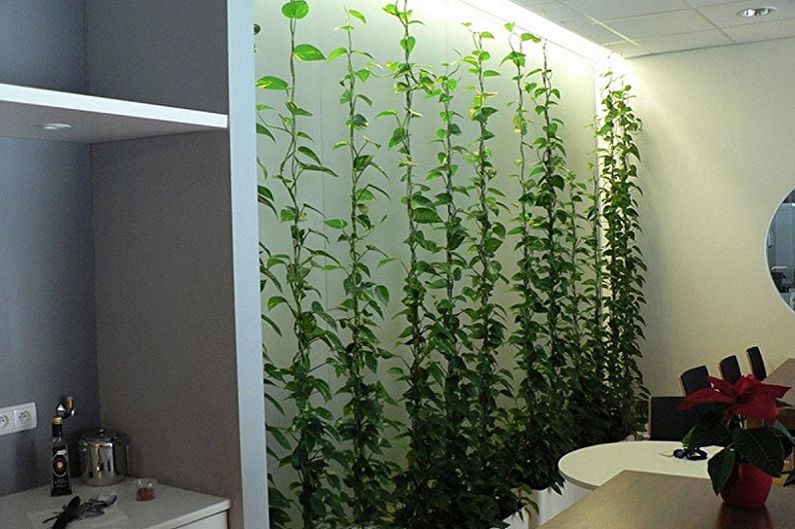
Curly houseplants - photo
Climbing plants for the home are excellent material for creating not only single phyto-compositions, but also luxurious vertical phyto-walls, the design of which has recently become quite popular. It is worth noting that in the preparation of multi-tiered compositions, both ampelous plants with flowering stems and various winding and interwoven vines can take part, especially since all of them, as a rule, have the same microclimate requirements. You can learn more about the varieties of climbing indoor plants, as well as their place in the interior phyto-design, in our gallery. Enjoy watching!
